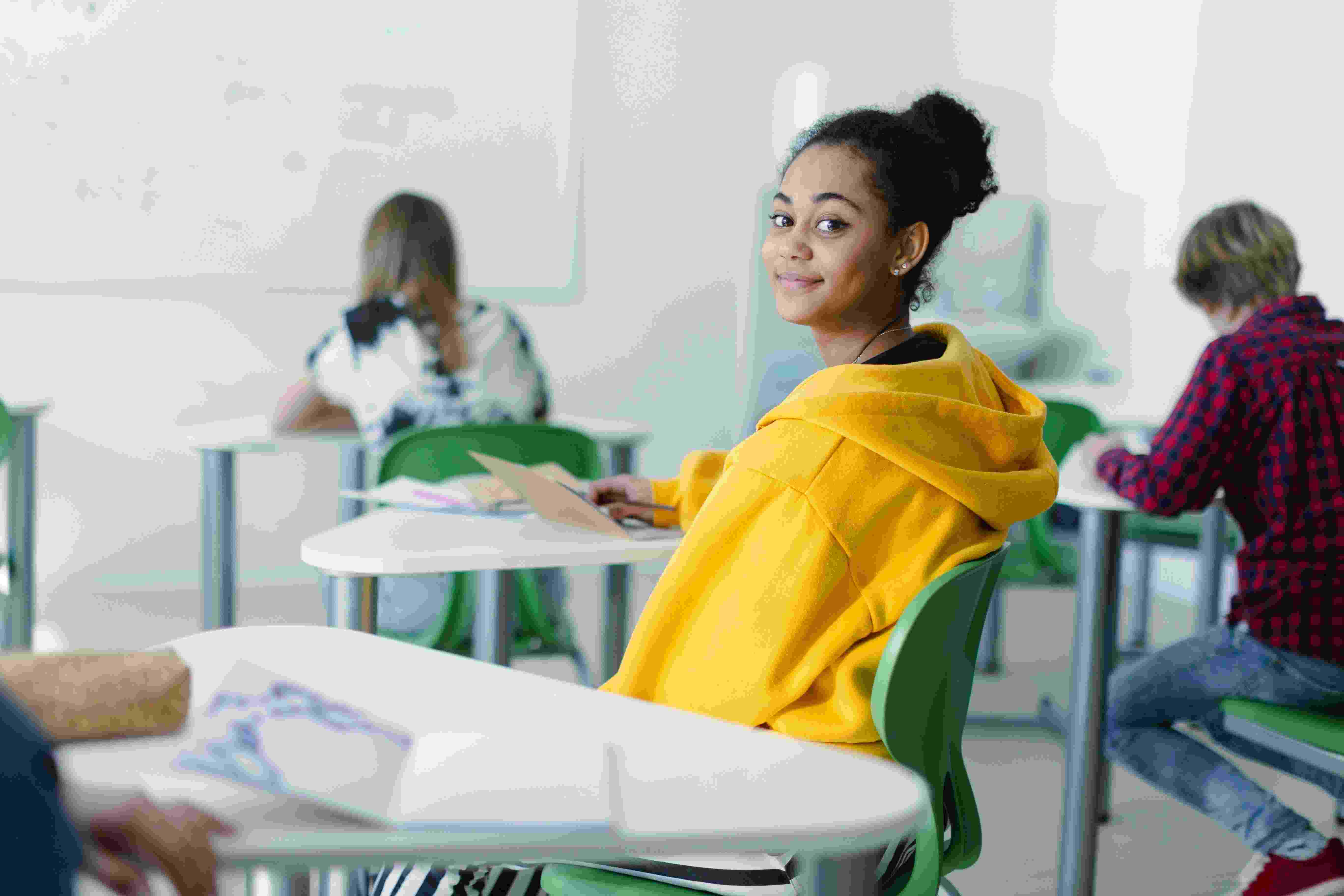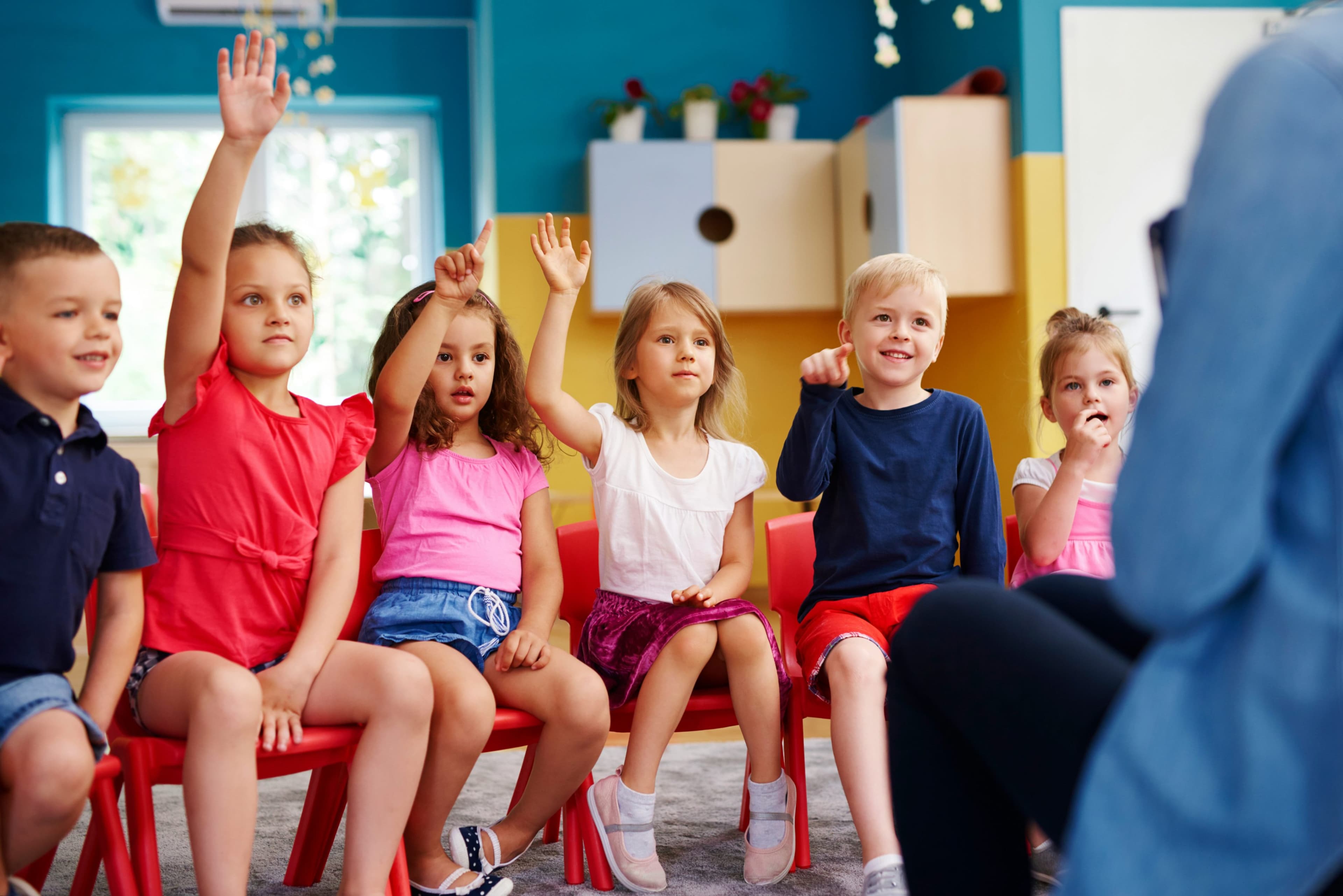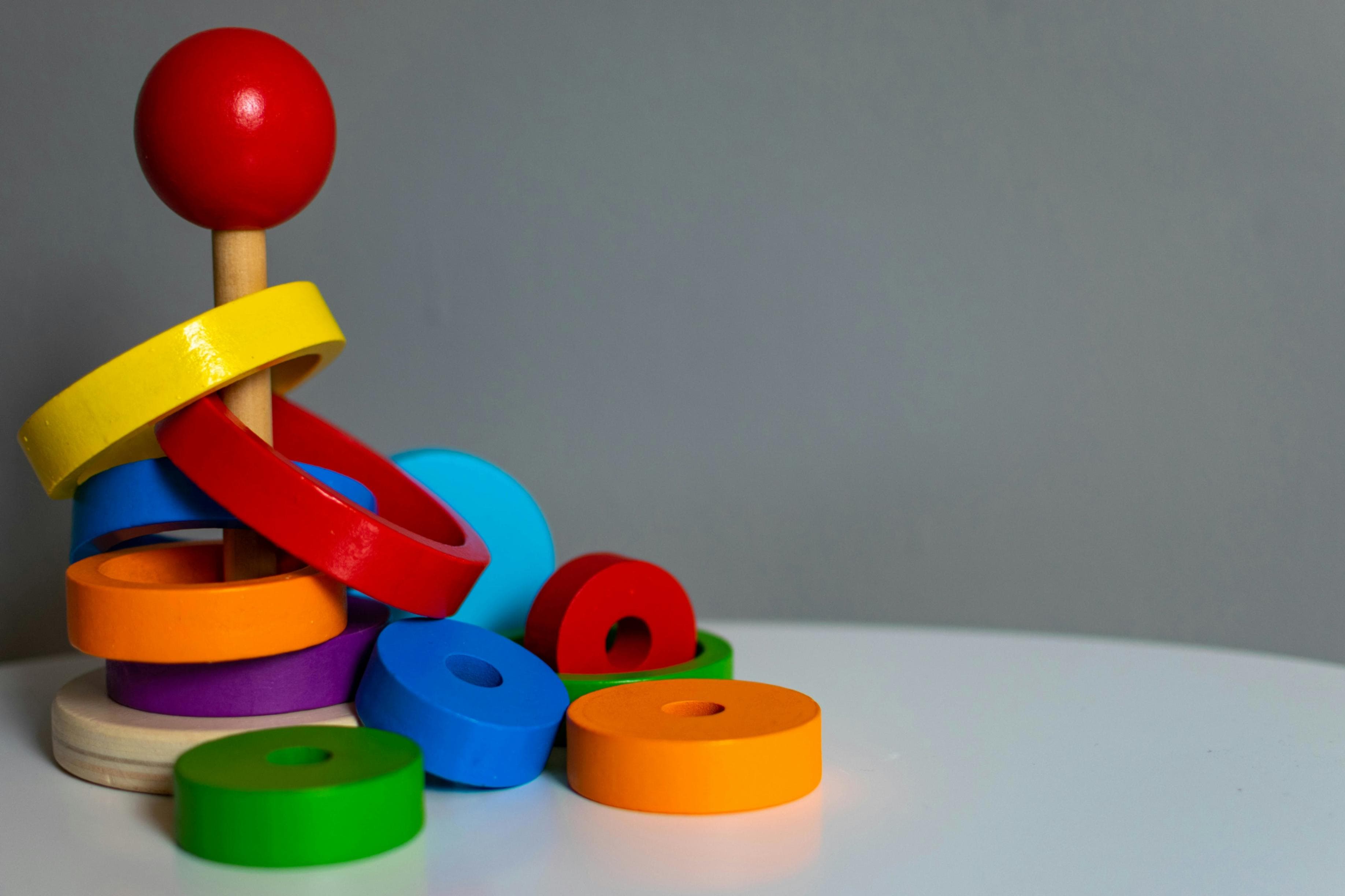
Breathing New Life Into Learning: From Inhale to Insight
Attending my first mindfulness retreat with colleagues seemed like a pleasant opportunity to unplug, breathe, and recharge. However, it turned into a profound personal and professional transformation. The retreat was my first real exposure to mindfulness as a structured, intentional practice. Alongside fellow educators, we explored breath awareness, meditation, presence, and the science behind why mindfulness works. We learned how these practices support emotional balance, stress reduction, and cognitive focus. For many of us, it felt like discovering a new language—one that helped us better understand ourselves and our interactions with others.
Strategy: Begin with Breath
Introduce breathwork as a simple, daily classroom ritual. Just three minutes of mindful breathing to start the day can help students and staff regulate their nervous systems and improve focus. Try it during morning meetings or transitions.
The impact on an individual level was immediate. I began to experience more mental clarity and felt increasingly grounded in my daily work. My thoughts were more organized, and I found myself approaching challenges with a greater sense of calm and intention. Mindfulness gave me the ability to pause—to choose my responses rather than react impulsively. It became more than a practice; it became a way of being.
Strategy: Practice the Pause
Incorporate mindfulness pauses into your school culture. Before responding to emails or making decisions, take a moment to breathe and reset. Encourage team members to "name the pause" in meetings to model reflective decision-making.
Yet what made the experience truly transformative was sharing it with a team. The retreat didn’t just change me—it changed us. As colleagues, we returned with a collective vision to bring our learning back to our schools. Energized by a growth mindset and a shared sense of purpose, we began to plan.
Strategy: Build Collective Vision
Hold staff circles to co-create a mindfulness vision. Invite voices from every role—teachers, paraprofessionals, support staff—to shape the "why" behind your school’s mindfulness journey. Anchor the vision in lived experience.
What began as a personal journey quickly evolved into a shared mission to reimagine education through the lens of well-being. This led to the creation of the Yoga & Mindfulness Teacher Preparation Program (YMTP²), the first Yoga Alliance certified yoga and mindfulness school owned by a public school system in the United States. We asked ourselves a bold question: How might every individual who enters a schoolhouse behave in a way that affirms the humanity of each being? From that question, we developed the framework of Mindful Behavior(ism).
Mindful Behavior(ism) is more than a concept—it’s a way of living and leading. It positions schools as psychologically safe spaces where emotional regulation, empathy, and self-awareness are actively cultivated. It empowers students and staff alike to navigate emotions and relationships with intentionality.
Strategy: Establish Safe Spaces
Create mindfulness corners in classrooms and staff rooms. Equip them with calming visuals, breathing prompts, and tactile tools. Normalize their use by modeling them in both academic and non-academic settings.
Mindful Behavior(ism) teaches lifelong emotional skills in an affirming, inclusive way. When embodied, it helps us move through both calm and chaos with grace. It calls us to show up fully, to lead with compassion, and to create room for dignity and connection.
Strategy: Embed SEL Into Instructional Routines
Use mindfulness language in transitions: “Let’s take a breath before we move to the next activity.” Add reflective check-ins: “What’s one thing your body is telling you right now?” Infuse SEL into academic dialogue by asking, "How might this character feel?" or "What mindset does this problem require?"
Most importantly, mindfulness in schools gives us hope. Hope that our students will grow up equipped not only with academic knowledge, but also with the emotional intelligence to thrive. Hope that educators can flourish, not just endure. Hope that our schools can be places of healing and purpose, not just performance. Hope that every voice, every person, and every moment is seen and honored.
Strategy: Measure What Matters
Alongside academic metrics, track emotional well-being and school climate indicators. Consider student use of self-regulation strategies, staff stress levels, and restorative practice data. Let this information shape next steps.
When mindfulness is interwoven into the culture of a school, it lifts everyone. It fosters environments of belonging, resilience, and meaning. It reminds us that beneath every title and role is a human story—and every story is worth honoring.
References
Bishop, Sarah, et. al. "Mindfulness: A Proposed Operational Definition." Clinical Psychology: Science and Practice, vol. 11, no. 3, 2004, pp. 230-241.1
Kabat-Zinn, Jon. Full Catastrophe Living (Revised Edition): Using the Wisdom of Your Body and Mind to Face Stress, Pain, and Illness. Bantam Books, 2013.2
Dweck, Carol S. Mindset: The New Psychology of Success. Ballantine Books, 2006.3
Yoga Alliance. "Standards for RYSs." Yoga Alliance, 2020.4
Meiklejohn, John, et. al. "Integrating Mindfulness Training into K-12 Education: Fostering the Resilience of Teachers and Students." Mindfulness, vol. 3, 2012, pp. 291-307.5
Kabat-Zinn, Jon. Wherever You Go, There You Are: Mindfulness Meditation in Everyday Life. Hyperion, 1994.6
Jennings, Patricia A., and Mark T. Greenberg. "The Prosocial Classroom: Teacher Social and Emotional Competence in Relation to Student and Classroom Outcomes." Review of Educational Research, vol. 79, no. 1, 2009, pp. 491-525.7
More from 2 Topics
Explore related articles on similar topics





